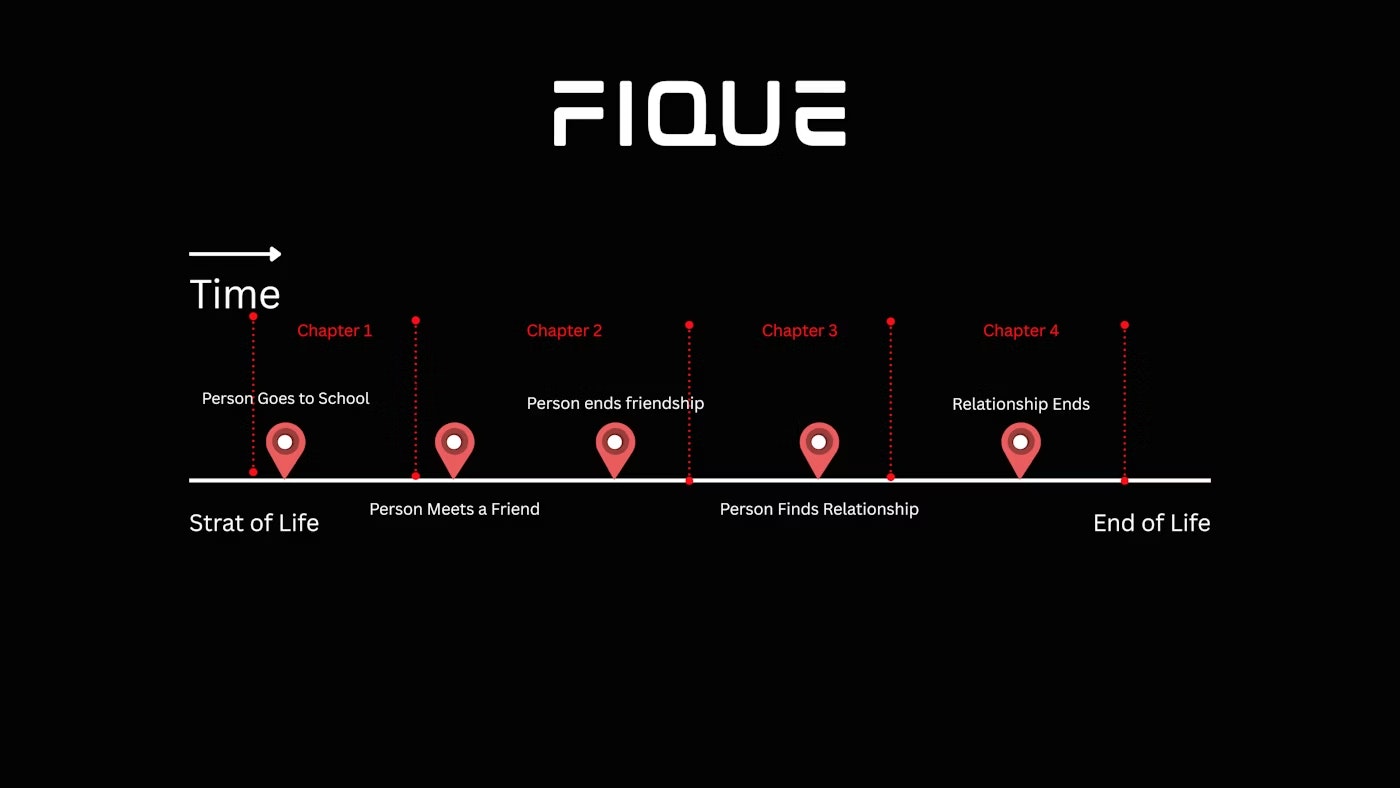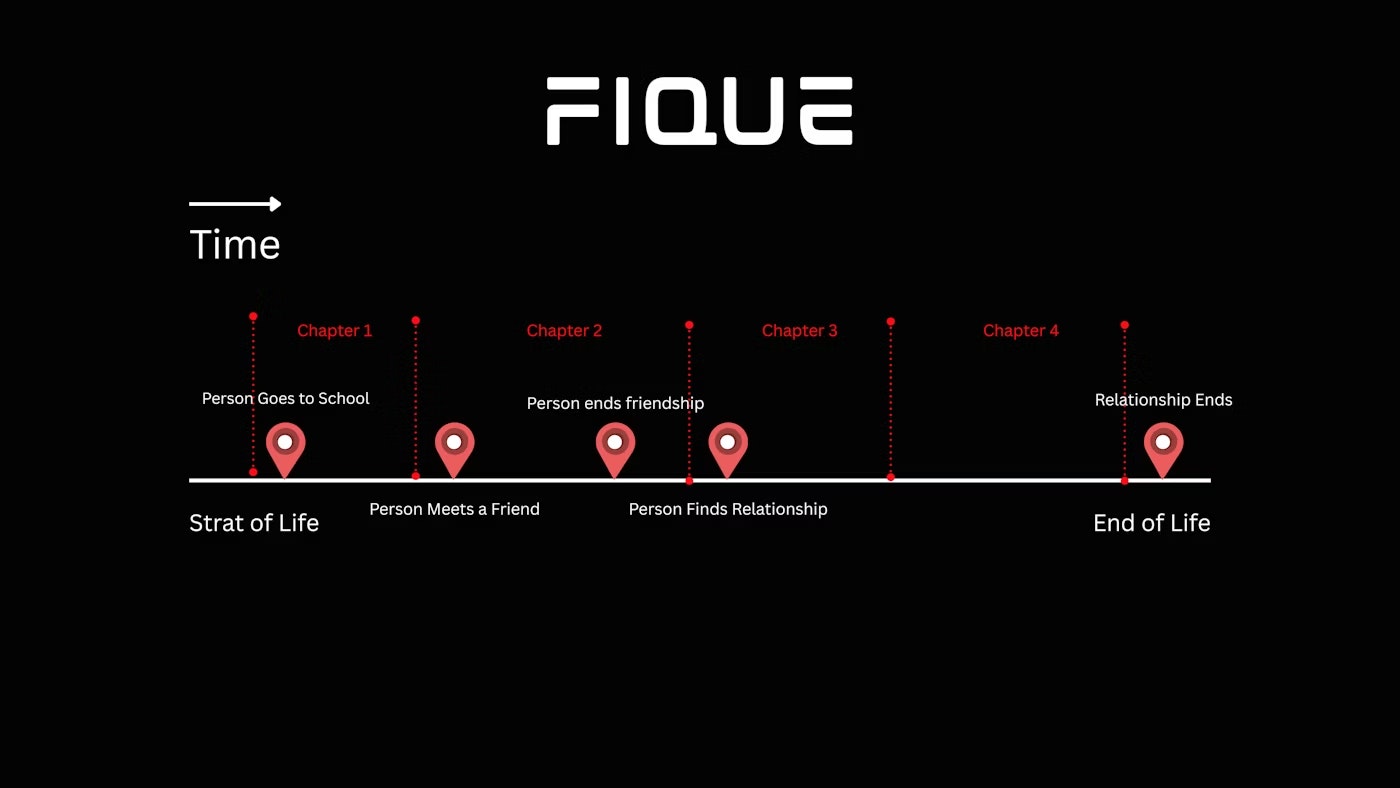Time
.png)
A question that most of us have had when growing up. What is time? Can we time travel? To answer these questions let's delve deeper into the concept of time.
What is time to a human being? Monday, Tuesday, Wednesday? 10am? 4:00am? This is a linear progression system that we seem to have adopted. Our date and time system has been shaped over centuries by various civilizations, each contributing to the intricate framework we rely on today. The ancient Egyptians were among the first to develop a calendar system, basing it on the lunar and solar cycles. They divided the year into twelve months of thirty days each, with an additional five days to account for the full solar year.
The Babylonians introduced a seven-day week, a practice that was later adopted by the Jews, Greeks, and Romans. This division of days was believed to correspond with the seven celestial bodies known at the time: the Sun, the Moon, Mars, Mercury, Jupiter, Venus, and Saturn, or the planets in our solar system.
Then came the Julian calendar, instituted by Julius Caesar in 45 BCE, which refined the division of the year into 365 days with an extra day every four years to account for the leap year. However, it was the Gregorian calendar, introduced in 1582 by Pope Gregory XIII, that brought us closer to the precise system we use today. This calendar corrected the drift in the Julian system by adjusting leap years, and it is now the most widely used civil calendar in the world.
As for timekeeping, the division of the day into 24 hours can be traced back to the ancient Egyptians, who used sundials to measure daytime hours. The practice of dividing hours into 60 minutes and minutes into 60 seconds was inherited from the Sumerians, who used a sexagesimal (base-60) numeral system.
Together, these innovations from different cultures have converged to form the complex and precise system that dictates our daily lives. This system not only allows us to organize our activities but also connects us to the cycles of the natural world, from the rotation of the Earth to the oscillations of atomic particles.

Diagram of a Life Timeline
In the diagram above we see the life timeline of a person, in reality there are much more chapter's but to explain this concept in a simple way. We see the start of the life of a person and the 4 chapters within before the end of the life. This timeline is based on the karma or the law of merit and demerit of a person. Now what if we wanted to live a moment longer or stay in a chapter for a longer time than what was written in our destiny? What if we wanted to make that relationship longer, or wanted to relive a happy moment of lofe, but due to the law of merit and demerit it is what it is as written in our life blueprint. That is the condition of most people on this planet, that there is not enough time. That these blueprint events keep on bombarding our lives, and sometimes we are unable to handle the blueprint in question.

Time Traveling a possibility?
Every human on earth is bound to a blueprint, in other words the Law of Merit and Demerit or Karma. We all have heard of karma. It is the universal principle of cause and effect, where our actions influence our future experiences, creating cycles of consequences. Based on Karma we revolve in the lives of 8,400,000 species and stay stuck in the cycle of life and death (Maharaj, pp. 51, 62-63).
Time travel, would involve navigating through these karmic cycles, transcending the linear progression of time as we perceive it. Imagine being able to revisit pivotal moments in your life, not just to witness them, but to understand them from a deeper perspective, perhaps even altering your responses to create different outcomes.
Most of our lives we are told that time doesn’t stop, which is true. As per the life timeline of a person, the series of events that are to happen are set in stone. Like a film with different chapters. But what if we want a chapter to last longer or change the story of one of the chapters? What do we do?
Time in different dimensions
A matter of discussion, that within various dimensions time tick's at different speeds. An hour of this world, could be a second in another dimension. What do you think?


.png)


